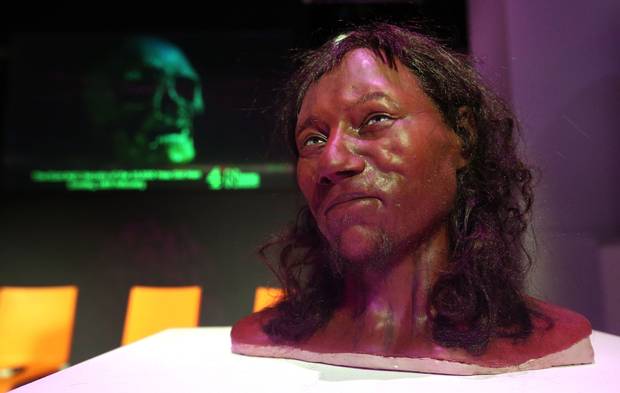They scanned the skull and a 3D model was produced by "paleo artists" Alfons and Adrie Kennis. While Britain was populated and abandoned by humans during earlier periods, archaeologists think that humans lived on the island continuously from Cheddar Man'stime through to present day.
This color combination would be unusual today, but ancient DNA evidence suggests that it was the norm among the hunter-gatherers of northern continental Europe during the Mesolithic, Booth said. It was probably the advent of agriculture.
"They had dark skin and majority had pale coloured eyes, either blue or green, and dark brown hair". Sunlight and oily fish are both good sources of vitamin D; lacking natural sources, people may have become paler, as lighter skin is known to absorb more sunlight.
It was this cool, stable limestone cave environment that preserved the Cheddar Man's DNA for thousands of years - and he is the oldest British individual to have had his whole genome sequenced. Representing the oldest and most complete human skeleton ever recovered in the country, the team was, of course, thrilled about the opportunity to study the specimen. There is damage to his skull that could indicate an accidental or violent death, although it could also have been damaged during excavation. He had a slim, nearly feminine pelvis, and he was found alone, which is unusual for that time, Booth said.
Unusually, he was buried alone - other burials from the time were usually communal - his body covered with sediment in the cave.
"H$3 e could have been special, or he may have just curled up and died" where he was found, Booth said. Since then, scientists have worked hard to predict what he might look like, all the while reconstructing "Cheddar Man". Markers for physical traits found in the man's genome were used in the reconstruction, as were standard measurements of tissue thickness and bone-and-muscle attachments.
The skeleton was dubbed "Cheddar Man" in reference to the place it was discovered, which was a cave in the village of Cheddar, CNN reports.
More about: #Britons
















































